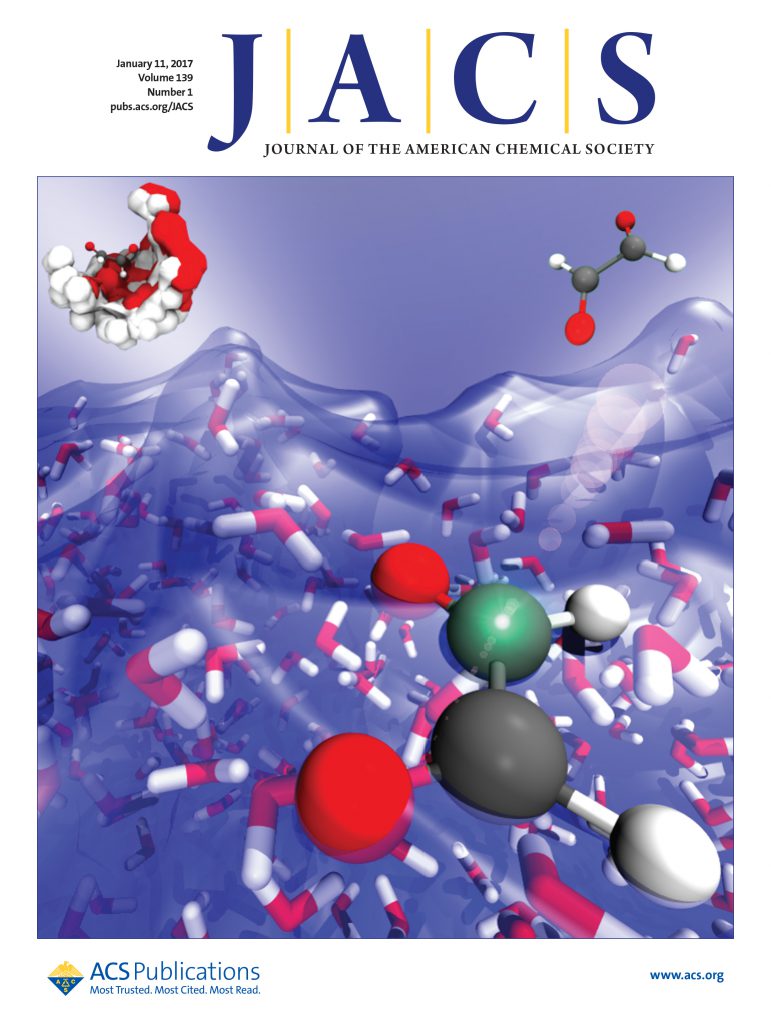Phenothiazine Sulfoxides as Active Photocatalysts for the Synthesis of γ-Lactones
IF 14.4
1区 化学
Q1 CHEMISTRY, MULTIDISCIPLINARY
引用次数: 0
Abstract
N-substituted phenothiazines are prominent and highly effective organic photoredox catalysts, particularly known for their strong reducing capabilities. Despite their wide utility, the closely related phenothiazine sulfoxides, which easily form upon oxidation, have been largely overlooked and have not been explored in the context of photocatalysis. Herein, we describe the discovery and application of N-phenylphenothiazine sulfoxide as a photocatalyst for the reductive activation of cyclic malonyl peroxides, giving access to complex γ-lactones starting from simple olefins. Detailed mechanistic studies were carried out to better understand the in situ formation of the active catalyst species from a commercial precursor, as well as the catalyst species interconversion and the photocatalytic mechanism for the formation of γ-lactone products. Specifically, we employed a broad range of mechanistic tools, including time-resolved spectroscopy, spectroelectrochemistry, transient UV–vis absorption spectroscopy, cyclic voltammetry, isotopic labeling, radical trapping experiments, NMR spectroscopy, and density functional theory (DFT) calculations. The synthetic utility of this protocol is demonstrated in a substrate scope study, highlighting the facile access to complex spirocyclic γ-lactones, which are widely recognized for their biological importance.

吩噻嗪硫醚作为合成γ-内酯的活性光催化剂
本文章由计算机程序翻译,如有差异,请以英文原文为准。
求助全文
约1分钟内获得全文
求助全文
来源期刊
CiteScore
24.40
自引率
6.00%
发文量
2398
审稿时长
1.6 months
期刊介绍:
The flagship journal of the American Chemical Society, known as the Journal of the American Chemical Society (JACS), has been a prestigious publication since its establishment in 1879. It holds a preeminent position in the field of chemistry and related interdisciplinary sciences. JACS is committed to disseminating cutting-edge research papers, covering a wide range of topics, and encompasses approximately 19,000 pages of Articles, Communications, and Perspectives annually. With a weekly publication frequency, JACS plays a vital role in advancing the field of chemistry by providing essential research.

 求助内容:
求助内容: 应助结果提醒方式:
应助结果提醒方式:


